
Both a skilled singer and guitarist, Barbara Lynn is one of the most talented electric rhythm and blues artists of her era. Her confident stage presence combined with her musical abilities and distinctive playing style causes her to stand out amongst other rock and roll and R&B musicians. Her story and music career are just as unique and inspiring, and the fact that she is still alive and performing today is even more wonderful.

Artifacts- Telling the Story
Early Years
Barbara Lynn was born in 1942 under her full name Barbara Linda Ozen in the city of Beaumont, TX. She grew up and went to school in Beaumont as well, and still lives there to this day. As a musician she is largely self-taught, and she started playing guitar from a very young age. Inspired by the sounds of famous R&B, blues, and rock musicians such as B.B. King, Gatemouth Brown, Aretha Franklin, and Elvis Presley, Lynn knew she wanted to be a musician from a young age too.
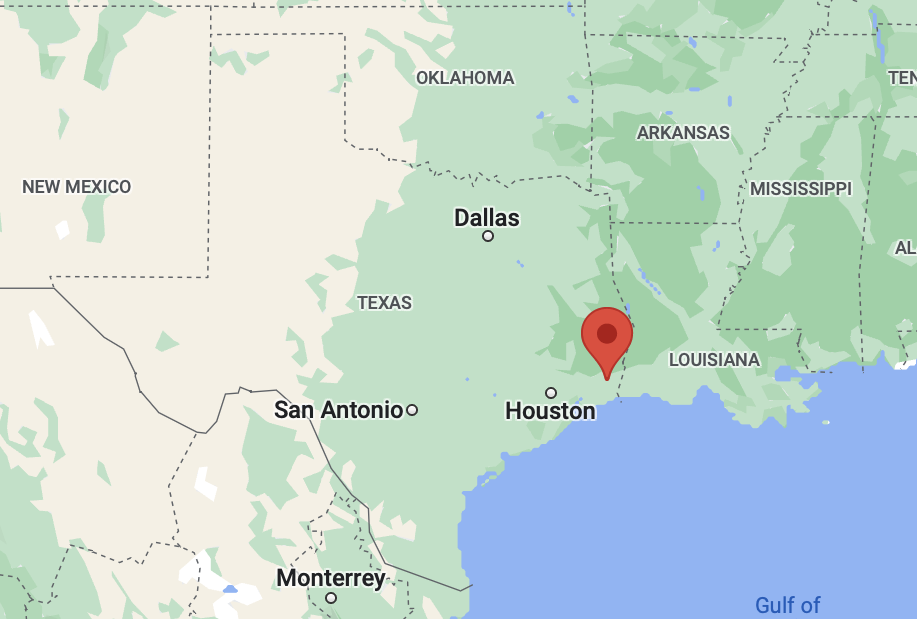
In an interview with the Austin Chronicles (2014), Lynn stated:
“When I was in school, I formed a girls group called Bobby Lynn & Her Idols. It was about four or five of us. Every day at lunch, we would go behind the building at school and practice singing. And then I started writing songs because I wanted to be a songwriter too. By then my band was playing at school talent shows. We were doing really good at it, so I said I really am going to pursue this because this is what I wanted to be: a singer. I started making records in 1962.”
In grade school, Lynn was given the nickname “Elvis” because of how determined she was to become a musician just like those she listened to and looked up to. The fact that even in grade school, she was the lead member of her band goes to show the kind of commitment and drive she had to pursuing her passions.
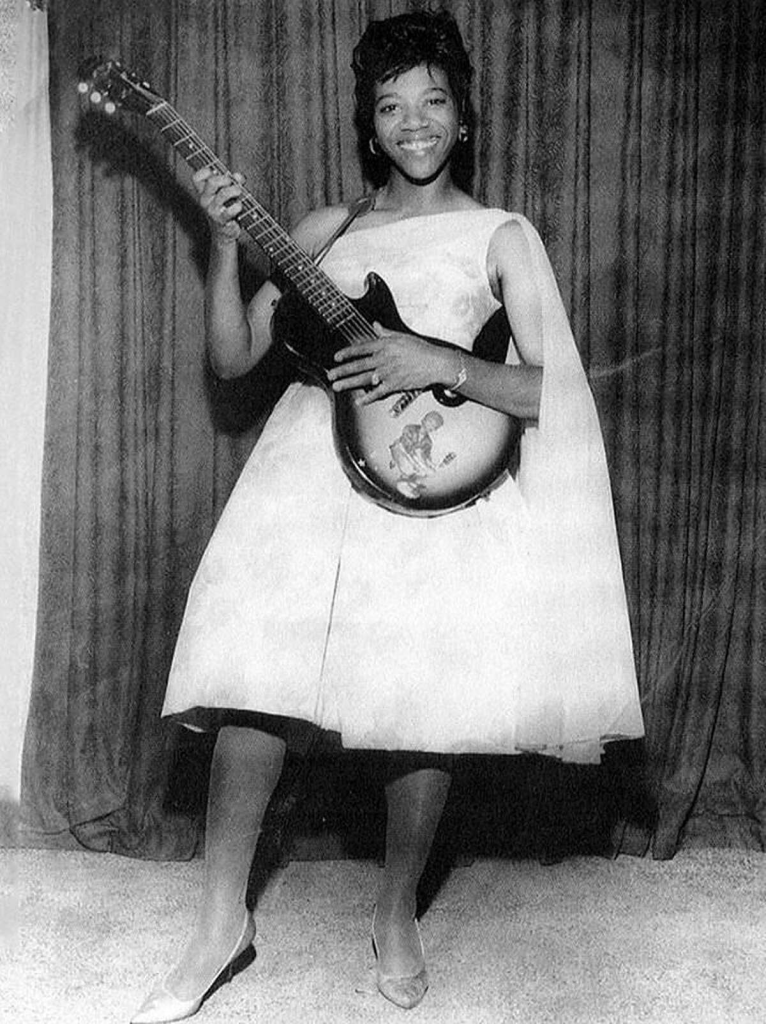
Barbara Lynn stood out for a multitude of reasons in the musical world during the beginning of her career. For one Lynn is left-handed, and so she plays her guitar left-handed as well. Similarly to many inventions throughout history, a lot of musical instruments including the guitar are manufactured for right-handed people as the “default”. Left-handed guitars are less commonly manufactured because of low demand and are more expensive than their right-handed counterparts, making a proper left-handed guitar much less accessible than your “average” right-handed one.
In the photo of young Barbara Lynn her holding her guitar, notice the position of the pegs in contrast with the direction in which the guitar is facing. Typically, the pegs would be pointing upwards, but seeing as they aren’t it is clear that Lynn is playing a right-handed guitar flipped over so that she can strum with her dominant hand.
Lynn’s playing style was also unique, as she loosely strummed the guitar strings with her fingers (you can watch her do this in the video of her performance linked further down). Due to the amplification aspect of electric guitars, Lynn did not have to worry about whether or not she was strumming loudly enough, as her instrument would pick up on even the lightest strums of her nails and fingertips across the strings.
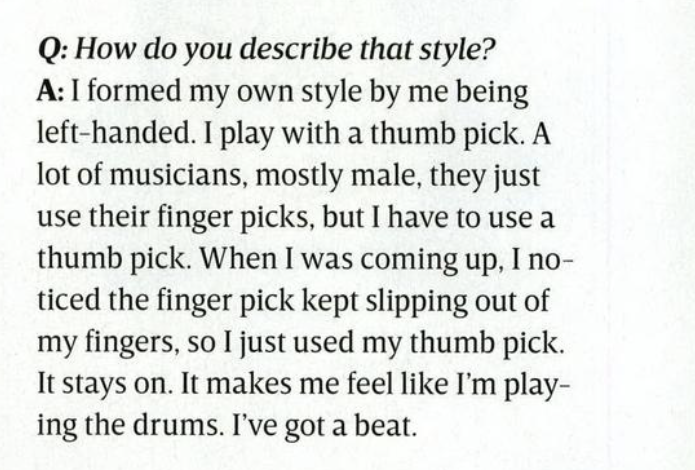
“You’ll Lose A Good Thing”-
Lynn’s first hit single put her on the map in 1962 with the release of her original song “You’ll Lose A Good Thing”.


The song is inspired by a real story that Lynn has openly shared, stating that she told a man that if he lost her, he’d “lose a good thing”. She wrote the song not long after, and it was recorded and released in May of 1962 with Jamie Records. In the year it was released, the song became a top ten hit and even took the number 1 spot on the R&B charts for a while.
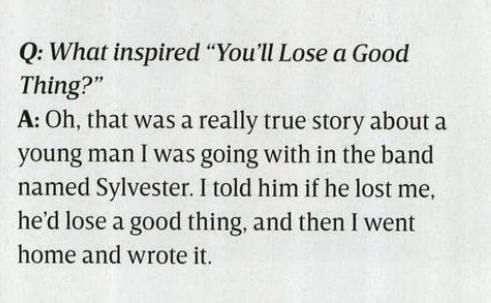
Following the success of her hit single, Lynn’s dreams of becoming a rock and roll star were closer in reach than ever before. Her song was played on the radio across the country, and was even covered by one of her icons Aretha Franklin the year after its initial release. Other artists began to look up to Lynn in the same way that she had looked up to others, covering her songs and being inspired by her music. Another Texan rock guitarist named Freddy Fender even covered this song in 1976, bringing the song to the country charts. Alongside Franklin and Fender, Lynn also inspired The Rolling Stones, and her influence on these artists proves just how instrumental she became to the rock and roll scene (among other musical genres and genre-mixes).
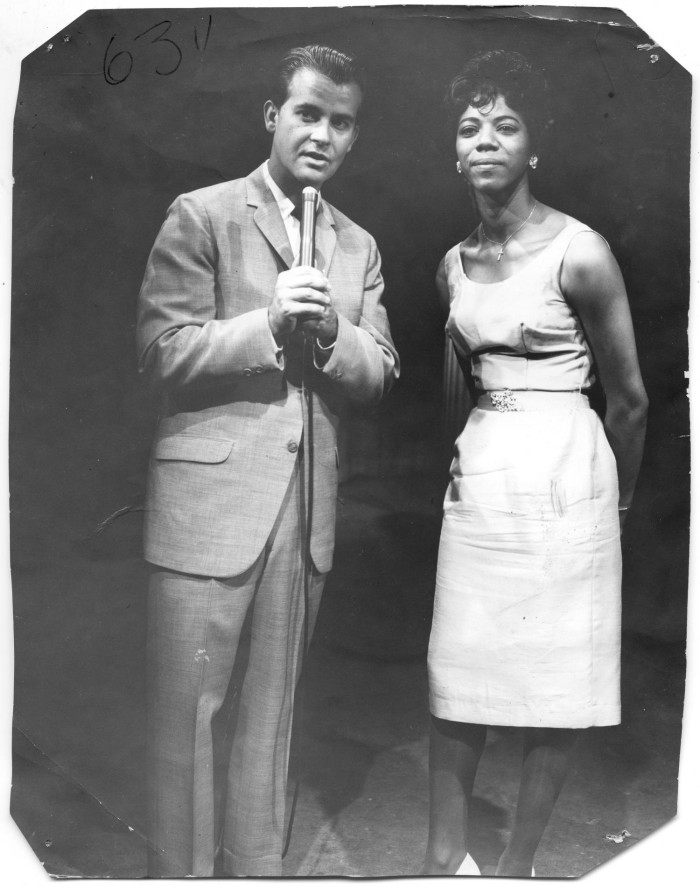
The picture above shows Lynn alongside American TV personality Dick Clark. It was likely taken on when she was featured in an episode of Clark’s show American Bandstand. She went on the show twice to perform- in both 1962 and ’63. The fact that she was appearing on national television to speak on and perform her music so early in her career goes to show how her determination to succeed as a singer, electric guitarist, and songwriter.
Throughout the 70s and 80s, Lynn didn’t record or perform much and people got the impression that she had left the music world. According to Lynn, she didn’t ever actually disappear from the music world, but rather she just had to focus on her family and kids during this time in her life. This break in her professional career by no means stunted her personal growth as a musician, and when she returned to the music world in the mid-1980s she was able to pick up where she left off, more or less.
Lynn has been affectionately nicknamed “The Empress of Gulf Coast Soul”, and rightfully so. Her vocal and instrumental talents are loud and visible to all who can hear her, and she has built space for herself in the music world in an incredibly inspiring way. She was awarded the Pioneer Award in 1999 by the R&B Foundation, and more recently in 2018 she received a National Heritage Fellowship from the National Endowment for the Arts
Library of Congress Digital Library: "Barbara Lynn & Friends perform Texas rhythm and blues at the Library of Congress." https://www.loc.gov/item/2021688356/? (link to the whole performance!)
In 2009, Lynn performed at the Library of Congress. Despite this performance being decades later than her initial live appearances in the the 60s, her love for music and sharing her songs with the world is ever present. Lynn is still alive and performing today, and she intends to continue making music for as long as she is able to.
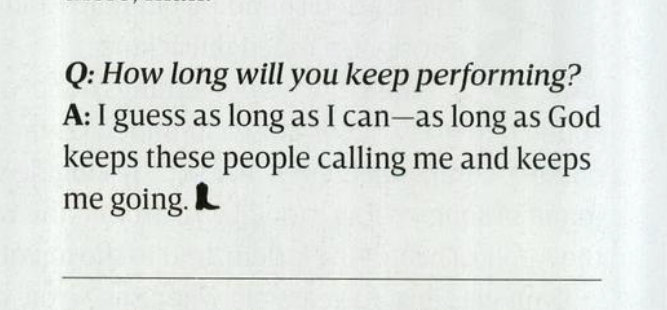

Legacy- A Good Thing that Keeps on Going
Throughout her life, Barbara Lynn and her accomplishments in the world of music have been nothing short of extraordinary. Her determination to move forward and pursue a life that she has envisioned for herself, despite not seeing representation like her in rock and electric guitar music, goes to show how strong-willed and resilient she is.
In a 2023 interview with Guitar Player, Lynn detailed her initial thought process and motivation to insert herself into the narrative of rock and roll, and electric guitar music in general. She explains,
“I wanted to play something odd that you don’t see a woman playing too much. You’d see a lot of women singers and some white women playing guitars, but I ain’t never seen no black woman guitarist… I thought, This is it. I just knew I was born to play that guitar.”
As a black woman who went into the rock music scene during the 1960’s, it is undeniable that Lynn faced pushback from the world around her. The music industry, like nearly all other fields, has been rooted in racism and sexism from its conception. Lynn saw this, and made room for herself anyways.
Lynn states, “I told my mother that I would like to learn the guitar because I would be unusual.”
Her willingness to embrace the label of “unusual” speaks volumes to her perseverance and resilience. Lynn saw a lack of people like her in the music she loved, and she was driven to fill that absence in the world. She took a right-handed instrument, something not created with her existence in mind, and made music from it anyways.
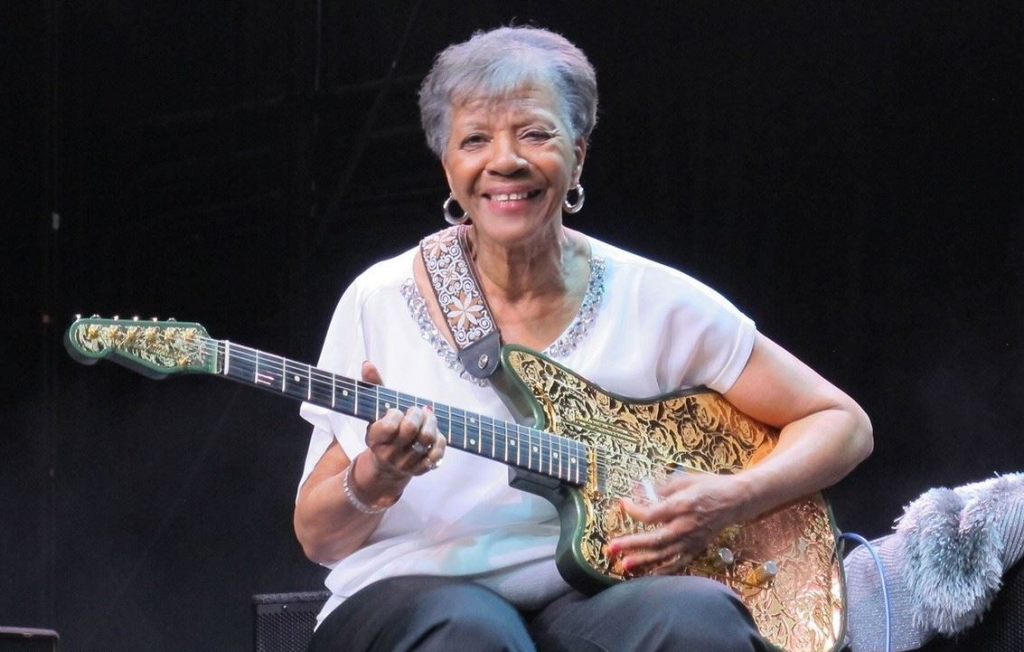
Sources:
“American Routes Shortcuts: Barbara Lynn.” WWNO, https://www.wwno.org/show/american-routes/2016-11-11/american-routes-shortcuts-barbara-lynn.
“Barbara Lynn & Friends.” The Library of Congress, https://www.loc.gov/item/2021688356/.
“Barbara Lynn ‘You’ll Lose a Good Thing.’” Bullock Texas State History Museum, https://www.thestoryoftexas.com/discover/artifacts/barbara-lynn-record-spotlight-021216.
“Barbara Lynn.” Digital Living Blues, http://digital.livingblues.com/publication/?m=21747&i=305960&view=articleBrowser&article_id=2499784&ver=html5.
Foley, Sue. “‘I Just Knew I Was Born to Play That Guitar’: Barbara Lynn Recalls Her Pioneering Days as a Guitarist.” Guitar Player, GuitarPlayer, 27 Jan. 2023, https://www.guitarplayer.com/players/i-just-knew-i-was-born-to-play-that-guitar-barbara-lynn-recalls-her-pioneering-days-as-guitarist.
Harries Graham, William. “Thanks Barbara Lynn: Empress of Gulf Coast Soul Graces the North Door Saturday.” The Austin Chronicle, https://www.austinchronicle.com/daily/music/2014-02-07/thanks-barbara-lynn/.
“Photograph of Barbara Lynn and Dick Clark.” The Portal to Texas History, 6 Feb. 2012, https://texashistory.unt.edu/ark:/67531/metapth201860/m1/1/?q=%22Barbara+lynn%22.
Rucker, Sara, et al. “Barbara Lynn.” National Endowment for the Arts, https://www.arts.gov/honors/heritage/barbara-lynn.
